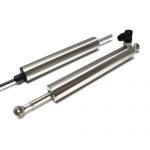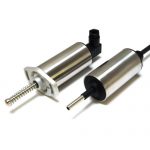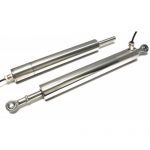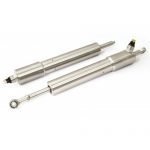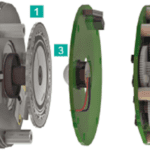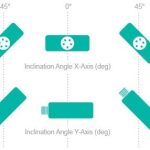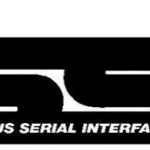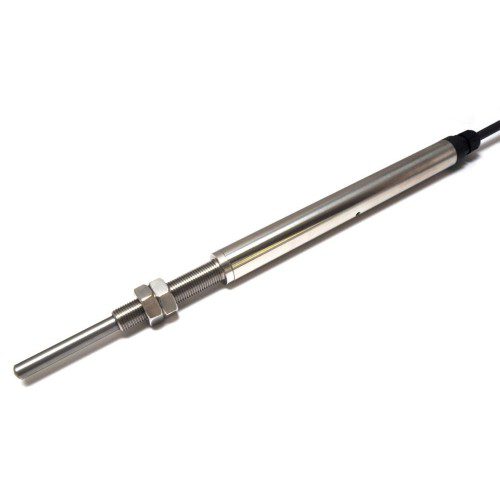
Positek
X132
Part no.: X132
Key Features
• ATEX/IECEx approved to: Ex II 1G : Ex ia IIC T4 GA (Ta = -40°C to +80°C)
• Sensor Mounting: 1/2" UNF ThreadSpring loaded plunger
• Available in any measurement range up to 100mm
• Sealed to IP67
The intrinsically safe X132 is ATEX and IECEx approved for use in potentially explosive gas/vapour atmospheres. It is designed for gauge head positioning in industrial and scientific applications and is ideal for OEMs seeking good sensor performance for arduous applications in hazardous areas. The X132, like all Positek sensors, provides a linear output proportional to displacement. Each sensor is supplied with the output calibrated to the travel required by the customer, from 0-5mm to 0-50mm and with full EMC protection built in.
Overall performance, repeatability and stability are outstanding over a wide temperature range. The sensor is very robust, the body and plunger being made of stainless steel for long service life and environmental resistance.
The plunger is spring loaded with a domed end. The X112 is easy to install with a long ½ inch UNF mounting thread and is supplied with two lock nuts for positioning. Environmental sealing is to IP67.
Positek intrinsically safe sensors are designed to be used with a galvanically isolated amplifier . Approved galvanic isolation amplifiers (X005) are available from Positek; there is a choice of 0.5-9.5V or 4-20mA transmission outputs.
The sensor can be installed with a cable length up to 1km between the sensor and the amplifier.
"*" indicates required fields
